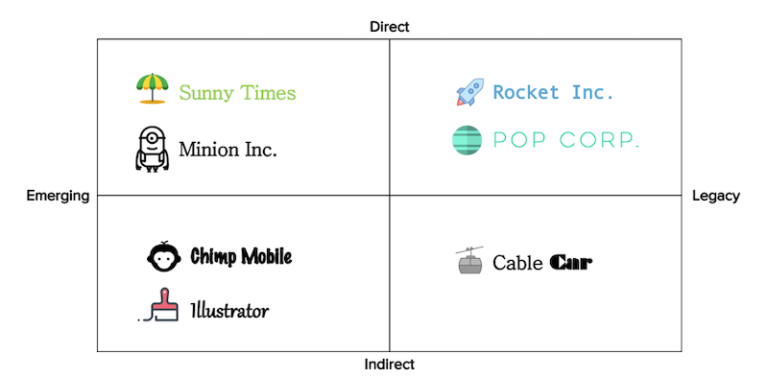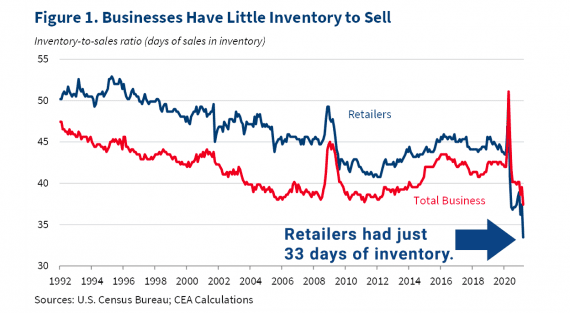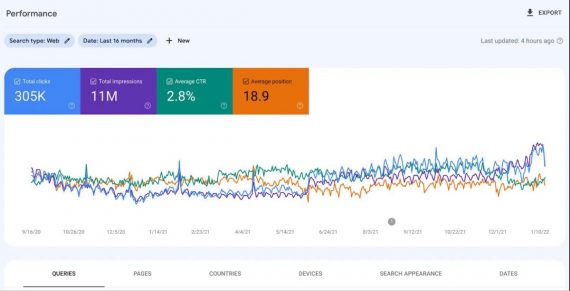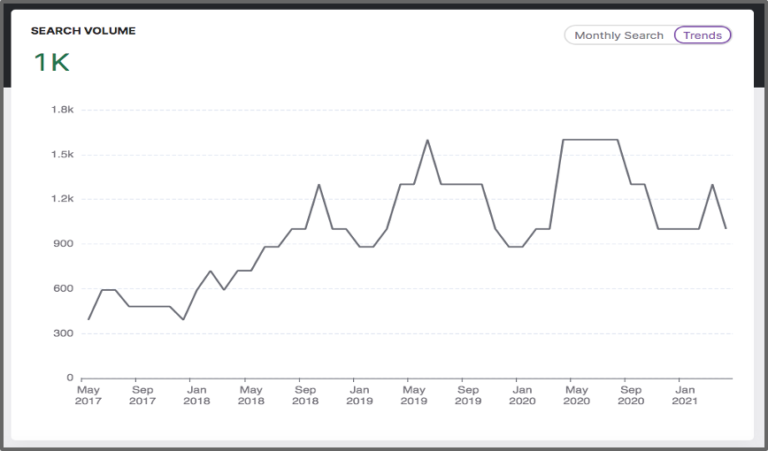As well as the increased risk of human error in manual entry, the extra time spent is going to be eating away at more important factors too, like attending to your customers needs.
Ian Linton
Following the advice given above means prioritizing your customers at every touchpoint, being selective before rushing into decisions and taking the time to listen and research the right solutions for your business.
When you decide to move into developing a multi-channel sales strategy, it doesn’t mean you should rush into selling your products on as many different sales channels as possible. Selling on every channel at once will stretch your business too thin, especially when you’re unsure if it will yield results.
1. Misjudging Manual Entry
Some software are more suited for this kind of strategy than others. As you add sales channels to your strategy, business processes are obviously going to get more complex. Your data needs to be shared across several platforms for a consistent shopping experience.
Solution- When automating data through a PIM and feed marketing service, don’t settle for daily or twice daily updates if you are running a multi-channel strategy. Select a service that lets you schedule automatic updates whenever you need them – particularly during seasonal sales, and busy shopping events.
Solution The best way to achieve eCommerce integration is to use a multi-channel management platform and feed marketing tool. This technology is usually cloud-based and provides a platform that sits as an operational hub between your ERP and eCommerce systems. Your main types of data are then synchronized between your systems, giving a centralised location to manage orders, inventory and product data. What I mean by this is that online sellers will use the exact same product information across all their channels, using the same listings for Amazon as they do for Ebay or the same retargeting via Facebook and Google Ads. It might save time but in the long run you are setting yourself up for having products excluded and most importantly, having disappointed customers who aren’t getting the right info from your product listings.
Without the right resources and research, businesses can choose the wrong solution for managing these key aspects, meaning it wastes time and your customer experience suffers.
2. Using the Same Product Content Across All Channels
Furthermore, as you learn more about customers your product feeds for individual channels with the help of a feed marketing tool or digital marketing agency will help you to not only reach the right audience, but deliver the information they want, when they want it.
Solution – As eCommerce businesses grow, it’s vital to implement tools which can automate long-winded processes like constant data entry. Select a Product Information Management (PIM) to collect and manage your data and a Feed Marketing Tool to update and optimize your feeds for each and every sales channel.
An effective ecommerce multi-channel strategy gives businesses the opportunity to expand their reach to a global market. With the right tools in place and the right approach from the outset, SMEs can achieve success without breaking the bank through hefty budgets. Solution – Your potential customers will choose and stay loyal to brands that create the best experience for them at every touchpoint. Using Customer Data Platforms (CDP) can help you to identify individual customers across all channels and devices, allowing you to create profiles as a predictive model to determine how to reach and retain individual customers.
Do you have any other tips about what to watch out for when running a multi-channel selling strategy? Let me know in the comments.
3. Using the Wrong Sales Channels
Screenshot- Managing multiple product feed exports in one place from the WakeupData interface.
I probably don’t need to tell you that for eCommerce businesses and digital marketing agencies, multi-channel selling needs effective management of multiple data points.
This brings us onto the second mistake multi-channel sellers make. Many seem to be under the impression that quantity counts over quality when it comes to eCommerce.
4. Not Updating your Data frequently enough
Millions of businesses worldwide operate multi-channel strategies, listing and selling their products across several online sales channels at once. It’s undeniable that expanding to sell your products across search engines like Google, online marketplaces like Amazon and social media channels like Facebook is advantageous for a business.
Mistake number four is a big one and has drastic consequences. If you suddenly run out of stock for a best-selling item, that data needs to be immediately sent out to all sales channels to stop the item from continuing to be listed and to prevent overselling.
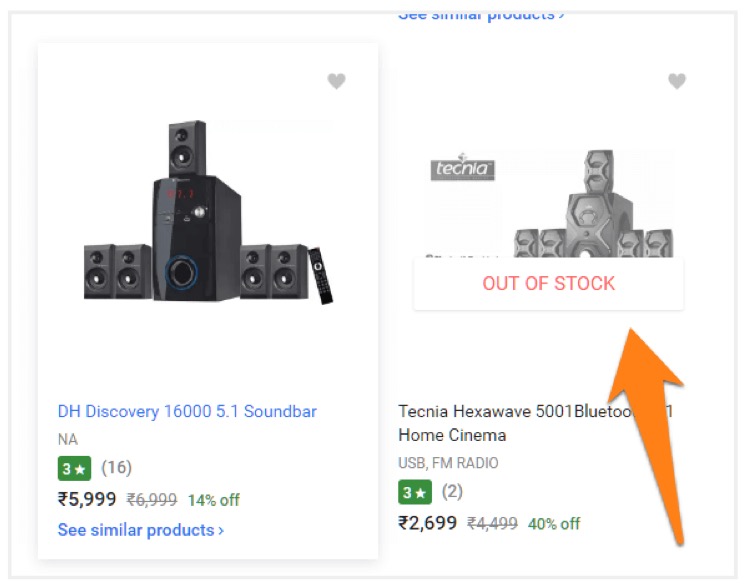
In this article we’ll take a look at some of the most common mistakes online sellers make when running a multi-channel selling strategy, and the processes and systems that can be put in place to avert catastrophe and start gaining optimized results from online sales.
5. Choosing the Wrong Integration Solution
When first starting a multi-channel strategy, many retailers misjudge how long it will take to manually enter factors like orders, price changes, stock levels, etc across their different systems and sales channels.
A successful multi-channel strategy offers your customers a consistent quality of experience, whichever channel they use. The customer’s experience in buying a product influences perception of your brand
Just because your competitors are selling on a certain channel, it doesn’t mean that you should too. Online sellers should select channels, both niche and general, which are focused on where their customer base is.
Each channel is different, with its own unique feed requirements and its own specialized audience. Customer experience should always be at the forefront of your motivation as an eCommerce business operating a multi-channel strategy.
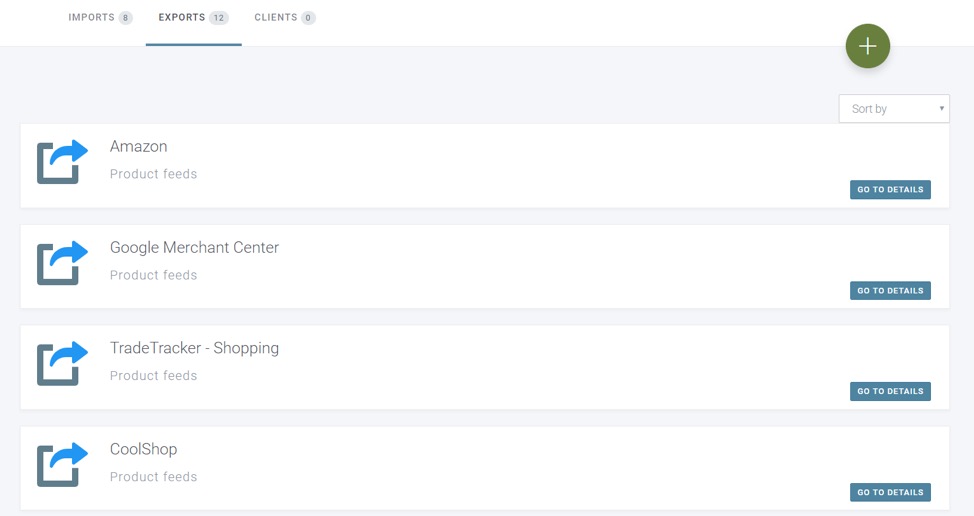
Facing the awkward situation of telling a customer you can’t ship an item which they just purchased is not something you want to face, particularly for new merchants looking to build a reputation for customer experience.
Inventories, products feeds, sales and shipping data will often need to be shared across several systems, and underestimating this process can be disastrous.
As a result, the business will be able to keep inventory levels accurate, quickly and accurately fulfil orders, and create high-quality product information.
Final Thoughts
But how many of those millions of businesses are truly making the most of their potential, and how many are tripping over the same hurdles that affect eCommerce merchants the world over?
Multiple sales channels should not be managed in silos. The best multi-channel strategy creates a seamless experience for the customers and the business. Integrated systems are the key to achieving this.
As this article has already shown, a solid multi-channel strategy needs the right systems and software in place to support it.


